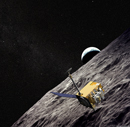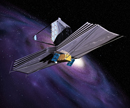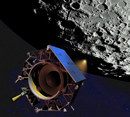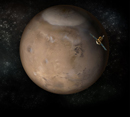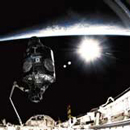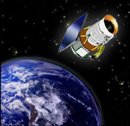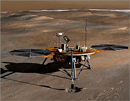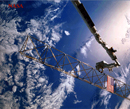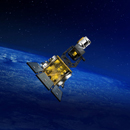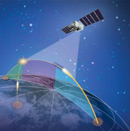| Abstract:
This session will focus on large-scale applied modeling and simulation that supports critical engineering applications, decisions, and objectives for NASA missions. Utilizing NASA's high-end computing resources, such as those at NASA's Advanced Supercomputing Facility, the contributed papers provide a diverse spectrum of advanced computational analysis that quantify and explain the complex physical processes and phenomena that are crucial to the performance of NASA systems and technologies. The focus is on computational fluid dynamics simulations, but the session is open to all simulations that require high-fidelity algorithms, high-performance supercomputers, and information technologies. Primary applications expected for this session include aerodynamic and aero-thermal simulations for the development of next-generation launch vehicles and space exploration vehicles. Specifically, high-fidelity simulations of the launch environment, ascent, entry, descent, and landing are anticipated. The session is also open to authors presenting the development of new computational tools and techniques to address the unique challenges and questions that arise in NASA's innovative projects. Examples of anticipated topics include: the development of best practices for simulating heavy-lift vehicles during launch and ascent, analysis of plume effects during ascent, optimization techniques applied to the design of next-generation vehicles, development of high-performance high-accuracy simulation tools, simulations of engine throttling, simulations of stage separation, simulations of wind tunnel test conditions, and best practices for acoustics simulations in the launch environment. As NASA embarks on an ambitious new path to develop a next-generation space launch system (SLS) both swiftly and affordably, cutting-edge analysis tools and simulations will be critical to streamlining the design process while also ensuring the highest possible performance and safety standards. This session will highlight the tools and simulations that will make this possible.
Organization:
Session Chair(s): Cetin C. Kiris, Ph.D., NASA Ames Research Center, Cetin.C.Kiris@nasa.gov |






